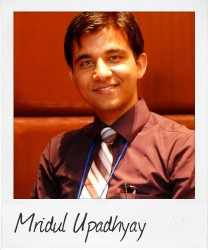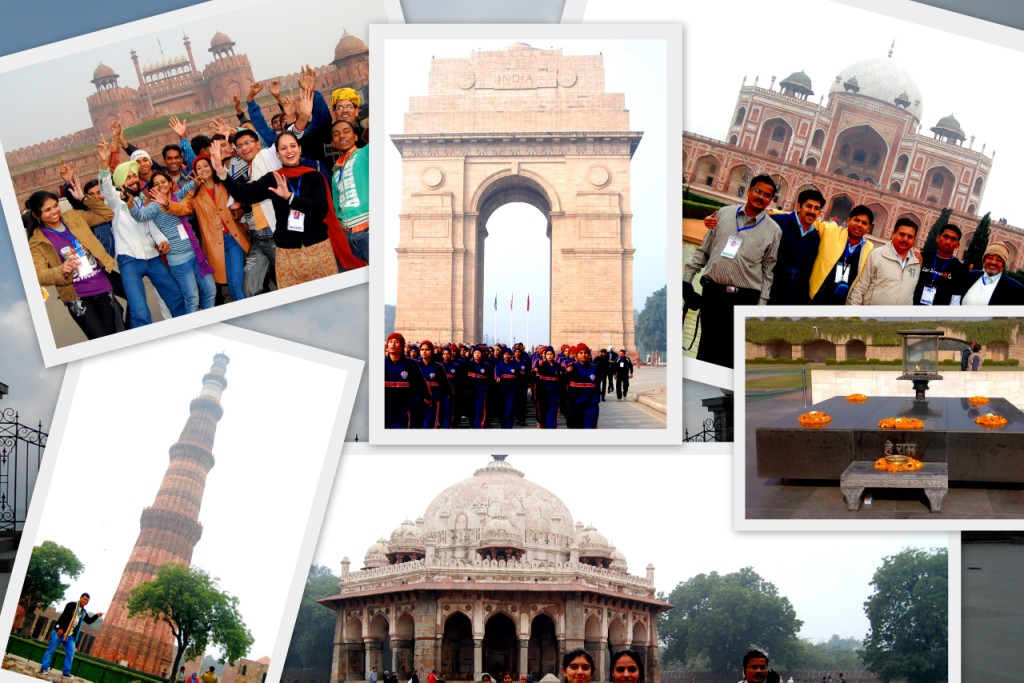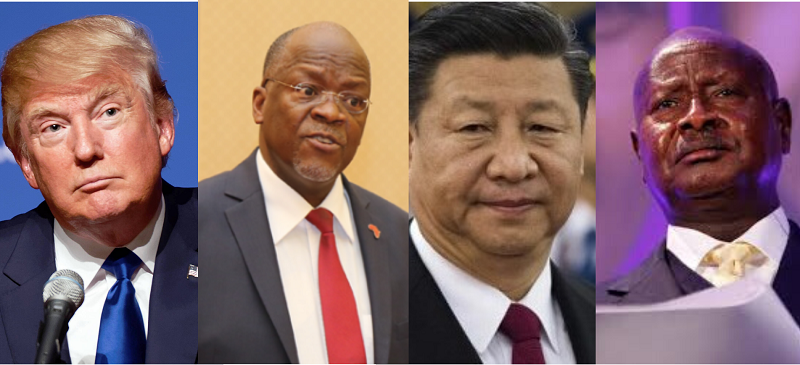“You call it Delhi; we call it Dilli”
April 8 For more than a thousand years, Delhi has commanded the attention of rulers and invaders who put their stamp on this bustling city, writes Mridul Upadhyay, 21, a Commonwealth Correspondent from New Delhi, India. The result is a metropolis with an indomitable spirit.
For more than a thousand years, Delhi has commanded the attention of rulers and invaders who put their stamp on this bustling city, writes Mridul Upadhyay, 21, a Commonwealth Correspondent from New Delhi, India. The result is a metropolis with an indomitable spirit.
At the first sight, Delhi may appear to be a city with never-ending hustle-bustle on roads and in the markets.
A stranger sees loud-mouthed people with lost faces near narrow lanes and a dead river, a number of mosques, old forts, embassies and new buildings.
Though this city can displease you with its irregularities, there is a charm under its surface ugliness. Its charm lies in its long history.
The city was established by Pandavas in 1000 BC as the village Indraprastha. This village remained silent for some centuries. It grew under the Rajput rulers, and the Raja Prithvi Raj Chauhan renamed it Qila Rai Pithora in 1175 AD. For the next 250 years, Delhi saw many dynasties and rulers. The Hindu and Jain temples were destroyed during invasions by Mahmud of Ghazni and Mohammad Ghori. Qutubuddin Aibak built the Tower of Victory- Qutub Minar. Iltutmish, Sultana Razia, Ghiasuddin Balban were other rulers.
The Hindu celebrated Id and Muslims Holi under the blessings of Khwaja Nizamuddin Auliya. There was Jalaluddin Firoz, Sultan Alauddin Khilji who made Siri Fort, a new city in Delhi, Qutubuddin Mubarak Shah, and Ghiasuddin Tughlak, who built another new city- Tughlakabad – the citadel of gold colored bricks. Some of these citadels were soon deserted.
Sultan Mohammed Tughlak issued a proclamation in the 1330s, transferring his capital from Delhi to Daulatabad 700 miles away. It was indeed madness to order everyone to march to the new city. Luckily, Tughlaq’s decision was later reversed and Dilli was once again the capital of the empire. Then Emperor Firoz Shah Tughlak built Firozabad, again a new city within the borders of Dilli. Taimur the Lame invaded Dilli in 1398. Hundreds of thousands of soldiers were either killed or taken captive by his troops. He loaded innumerable elephants and camels with the looted wealth of Dilli, and left no one to bury the city’s dead. The rotting corpses spread pestilence. For many months Dilli was deserted save for crows, kites, vulture, owls, jackals and hyenas.
But again Delhiites persevered. They were ruled by Sayyids, the Lodhis, and eventually the Mughals in 1562 AD, though the latter focused more on Agra than on Dilli. A new city in Dilli, the Purana Qila (Old Fort), was built by the Emperor Humayun. Afghan ruler Sher Shah Suri built his own Shergarh. After building TajMahal, Emperor Shah Jahan came to Dilli. Liking the city, he ordered the biggest mosque to be built and named it Jama Masjid. He helped constructed a very beautiful city and renamed it Shahjahanabad. But Delhiites still called it Dilli.
Emperor Aurangzeb made Delhiites aware of point by point differences between Hindus and Muslims, and the city saw religious persecution. Dilli was full of gold from the Golakunda gold-mines, and subsequent Emperors were weak. Their misrule prepared Dilli for a massive defeat at the hands of Nadir Shah in 1738 AD. Thousands of Nadir Shah’a fierce soldiers slaughtered Delhiites for days. Even the women and children were not spared heinous acts of cruelty. Nadir Shah got so much money that he levied no taxes on his Iranian subjects for next few years. Ahmed Shah Abdali followed in 1747 AD. Because he, too, did not want to levy taxes on his Afghani subjects, Delhiites were looted, stripped, cut and set on fire. Again, 95 years later, Delhiites were stripped and killed to suppress the first Freedom Fight of 1857.
In December 1911, King George V of Englandordered the capital moved to Dilli from Calcutta. Edwin Lutyens and Herbert Baker planned the layout of the new city, the Vice-Regal Palace, War Memorial Arch, Secretariats, Parliament and Connaught Place. Soon, World War I broke out in Europe. Now who would think of building a city while fighting a war? If England lost there would be no ‘New Delhi’.
But there is a city, as we know. Viceroy Lord Irwine inaugurated the new city in 1931. It was built with magnificent buildings, wide roads, slow-growing and long-living trees. A new generation built multi-storied offices and jerry houses wherever there was open space, creating narrow lanes.
Delhi saw the partition of Hindustan and also the first Independence Day; refugees, riots during partition, the killing of Mahatma Gandhi, the 1984 riots and much more. I want to salute Delhiites for their indomitable spirit. After each massacre in their history, they again decorated life and built up the city, to the extent that even more invaders were attracted each time. Also to my surprise, I don’t know where Delhiites made so much money, given they do not have the goldmine that seemed to enrich every invader.
Photo: Mridul Uphadyay
…………………………………………………………………………………………
About me:
A thinker, a social volunteer, a mechanical designer, a theater artist, a guitar player, a lyrics-writer, an amateur sketch artist, a cook, a traveler, a wannabe civil servant – there are many phrases I enjoy trying on me to describe what I see myself as.
Currently I work for the Oil and Gas Pipeline refineries as a design engineer and am studying for Management in Business Administration. I aspire to enlighten society with the knowledge and experience I gain.
………………………………………………………………………………………………………………
Opinions expressed in this article are those of the author and do not necessarily represent the views of the Commonwealth Youth Programme. Articles are published in a spirit of dialogue, respect and understanding. If you disagree, why not submit a response?
To learn more about becoming a Commonwealth Correspondent please visit: http://www.yourcommonwealth.org/submit-articles/commonwealthcorrespondents/
………………………………………………………………………………………………………………




